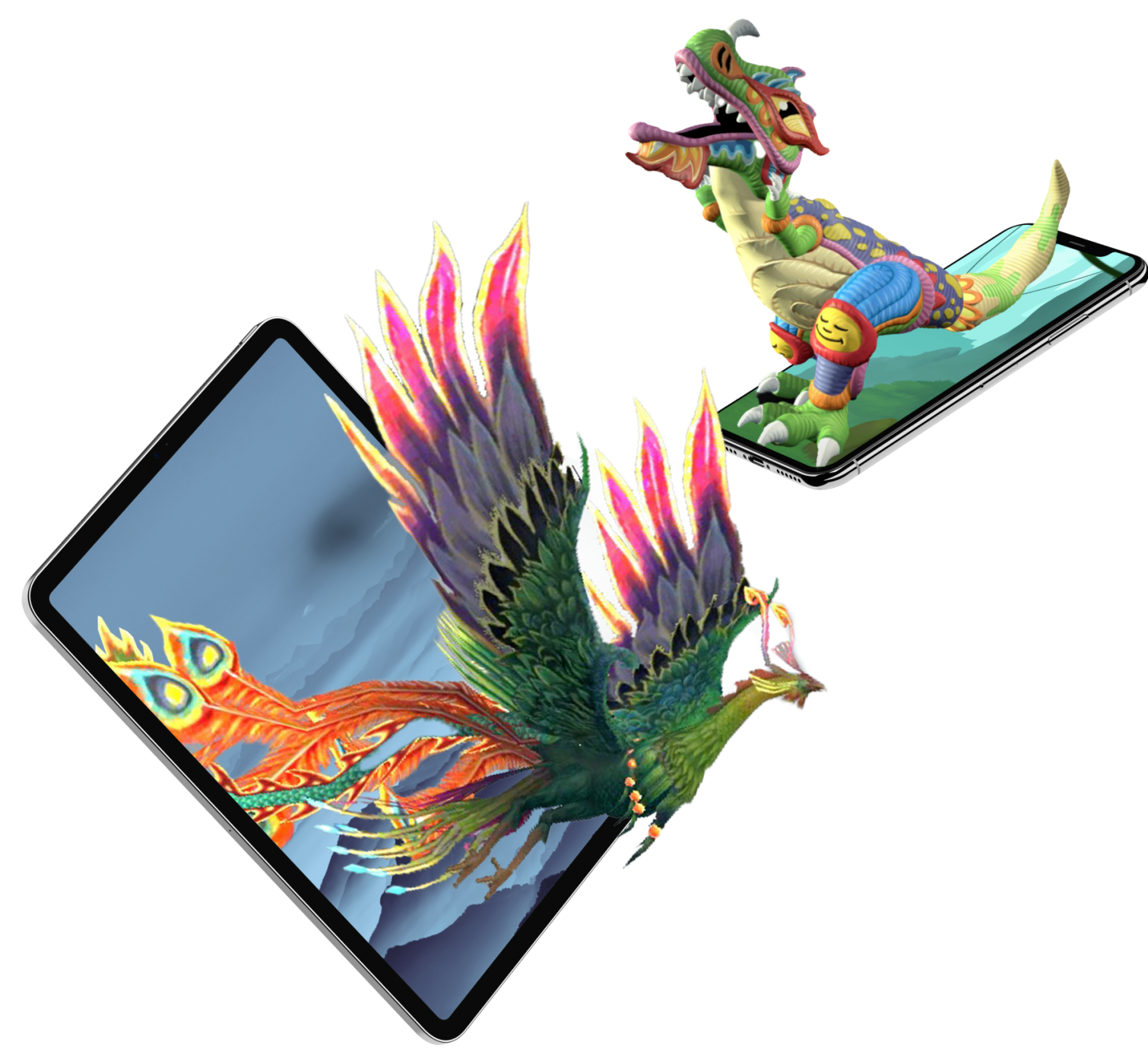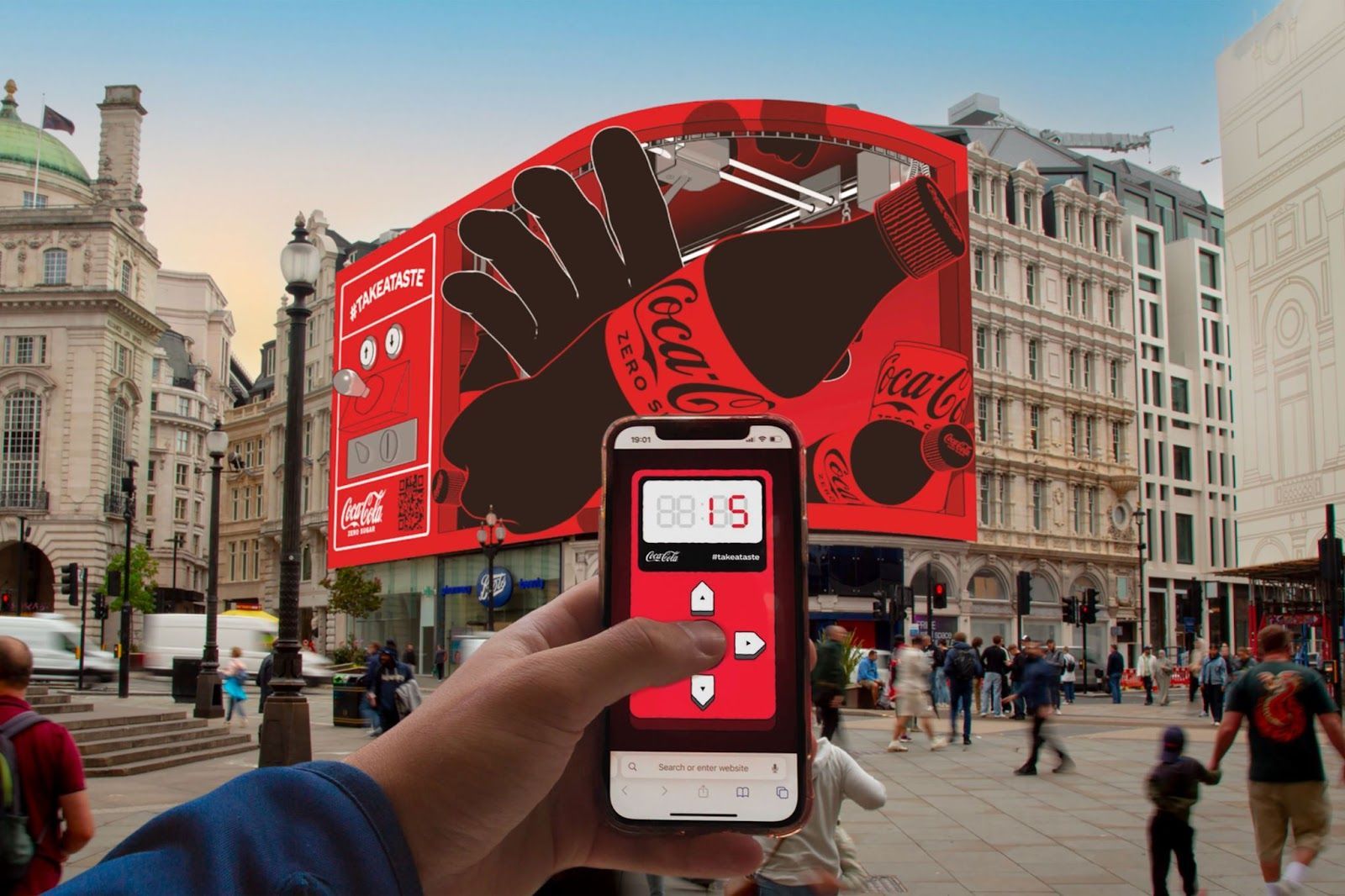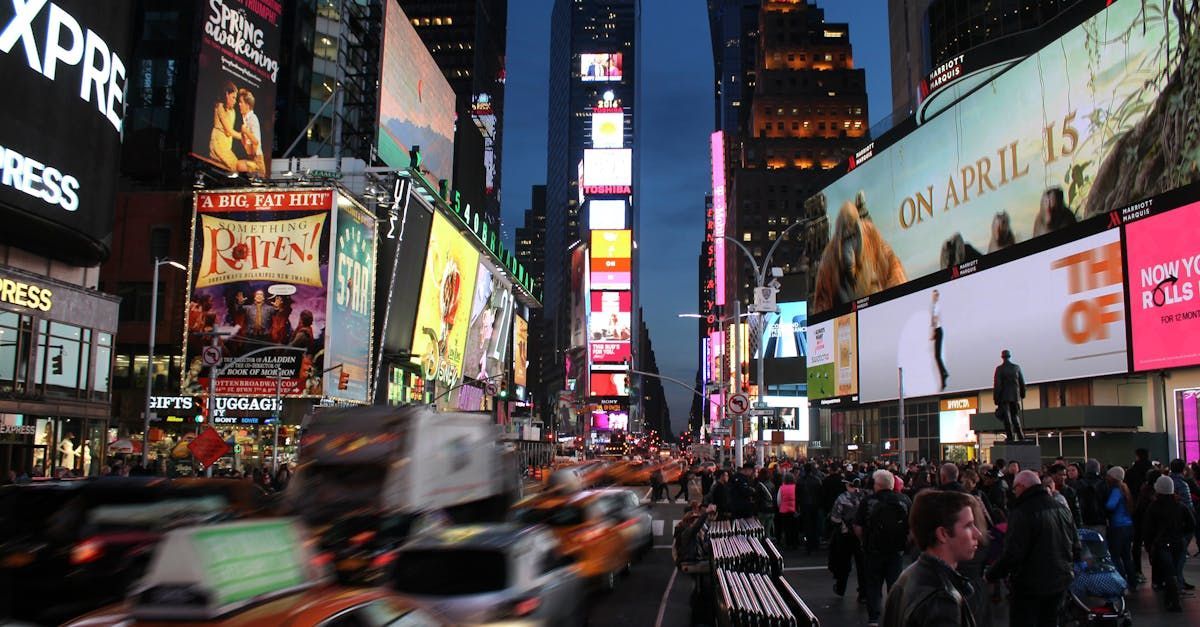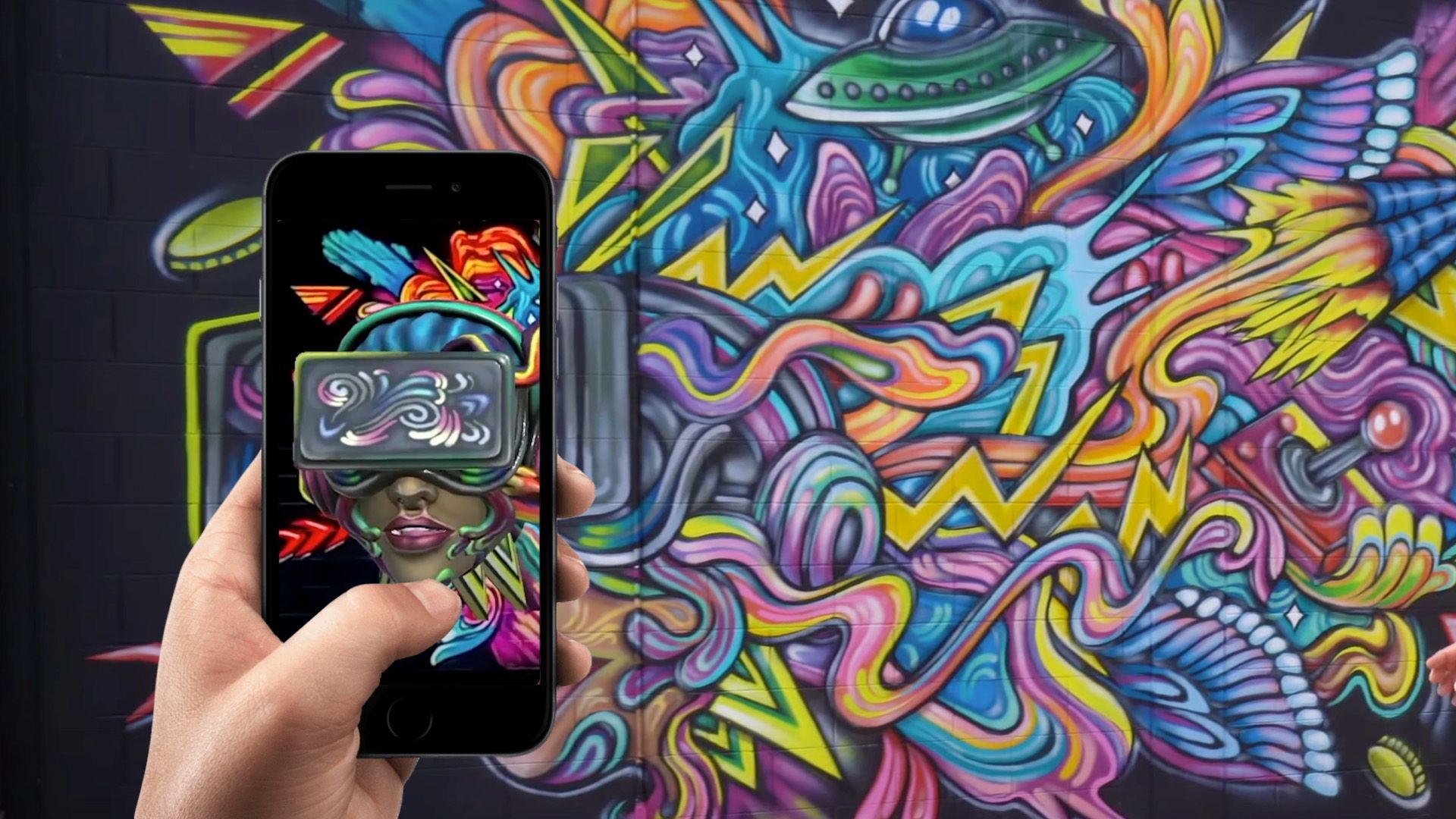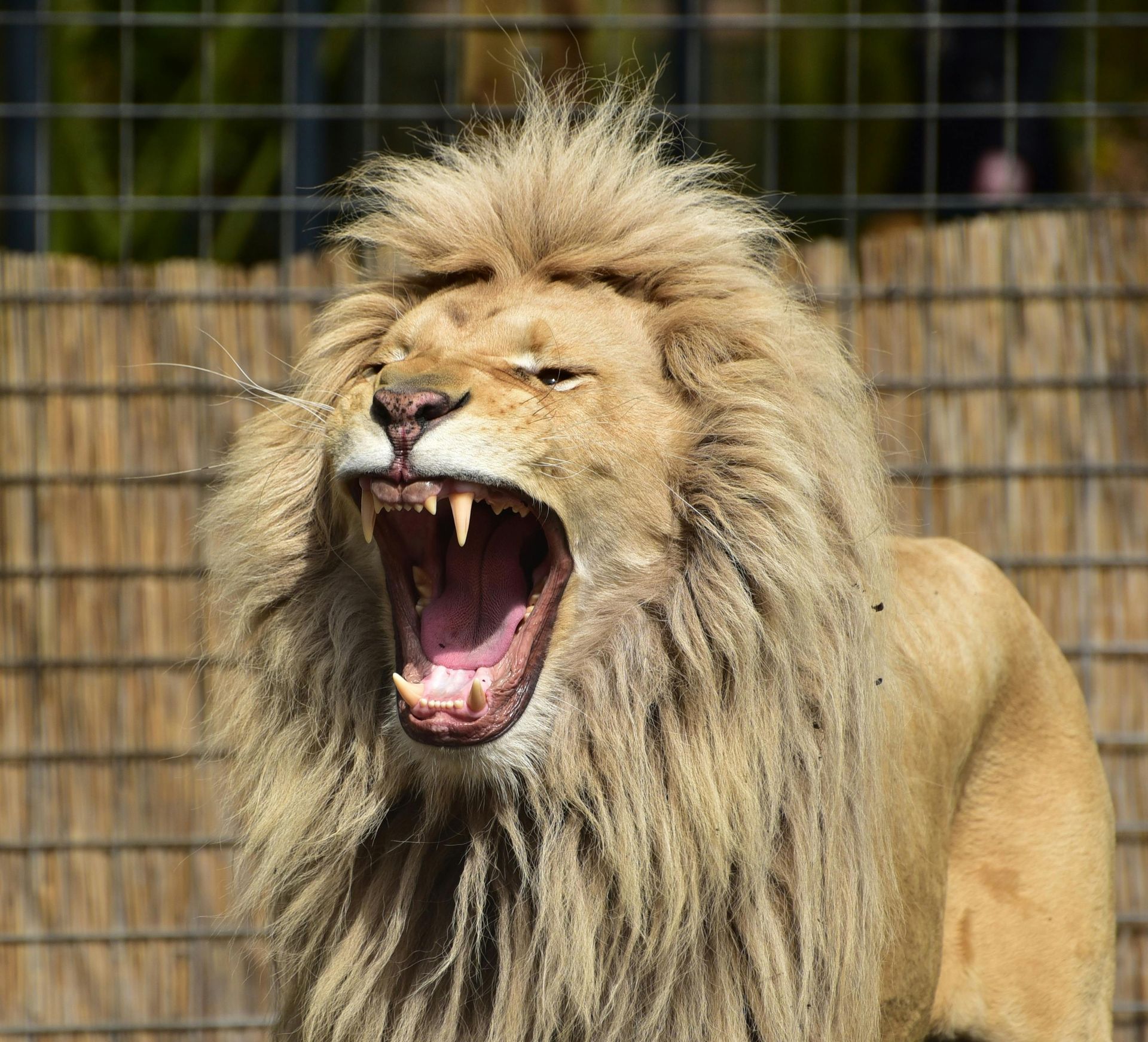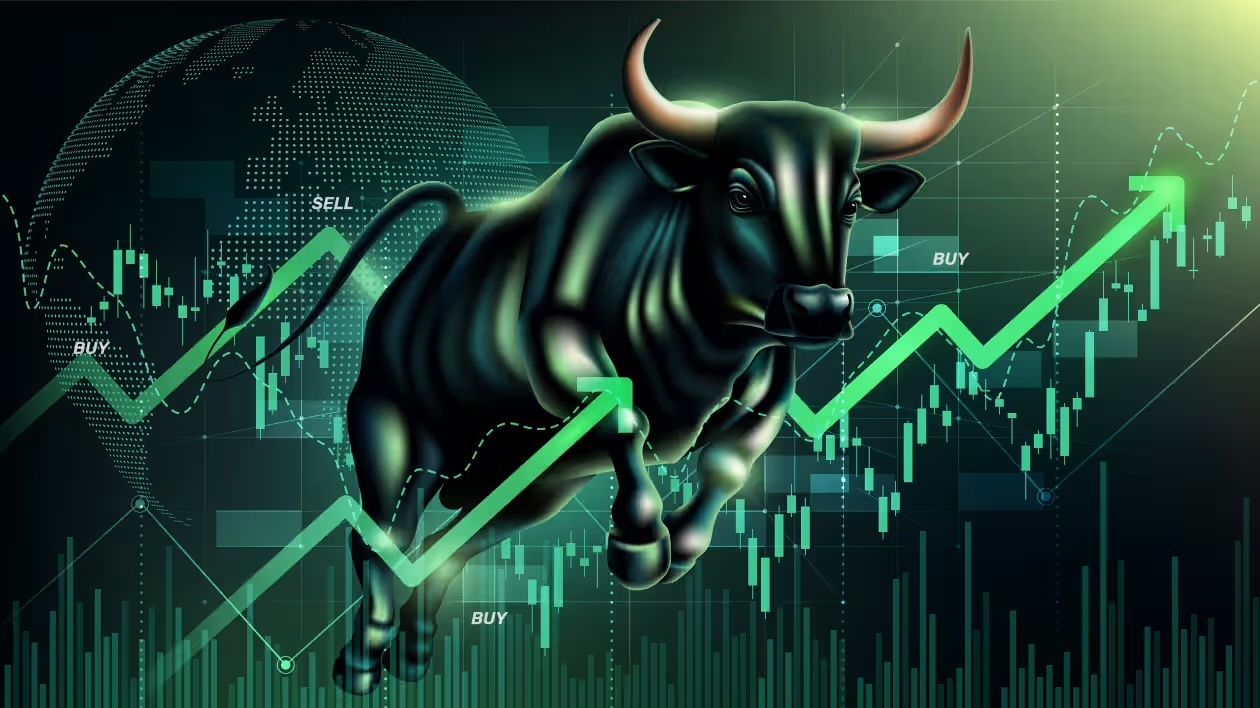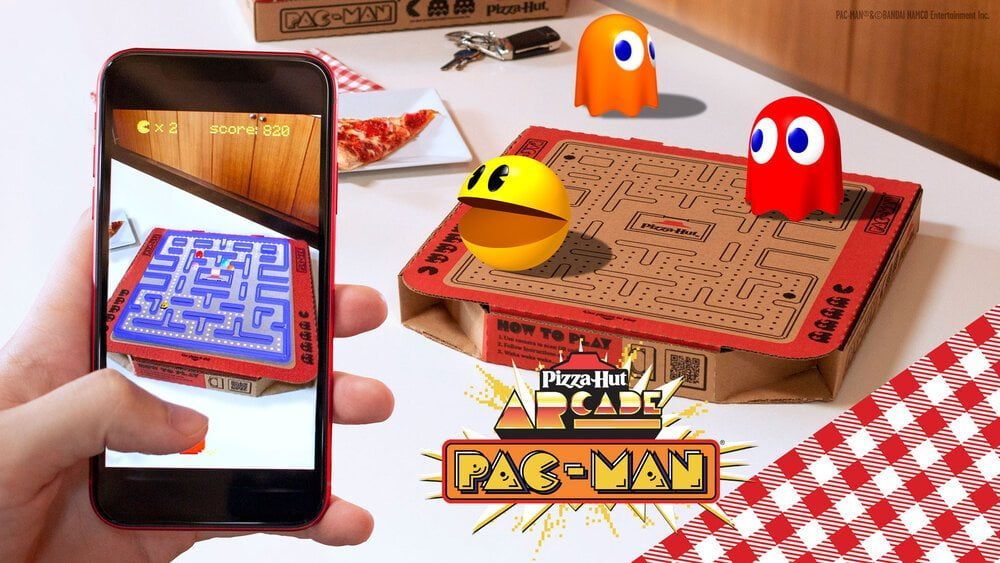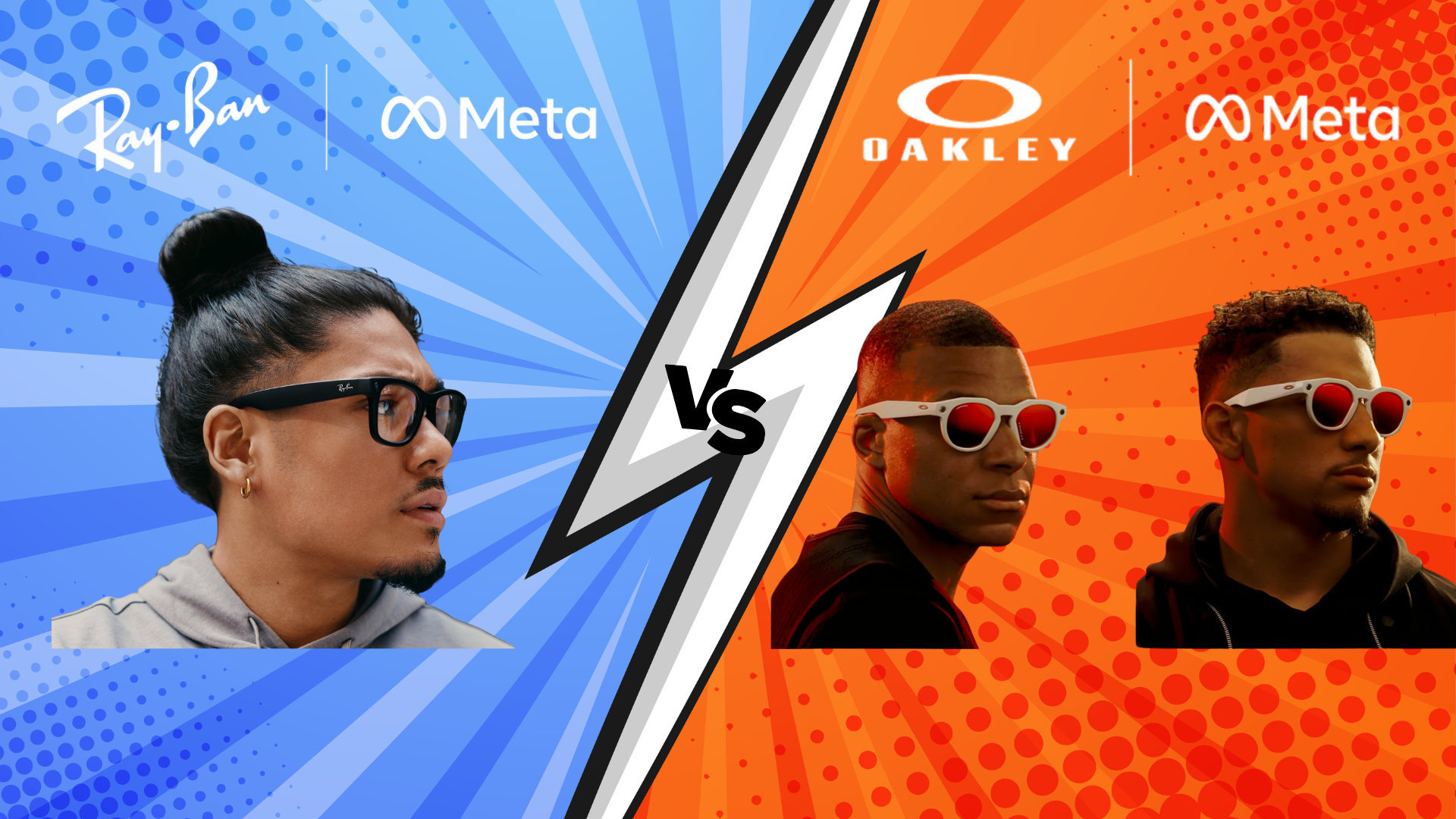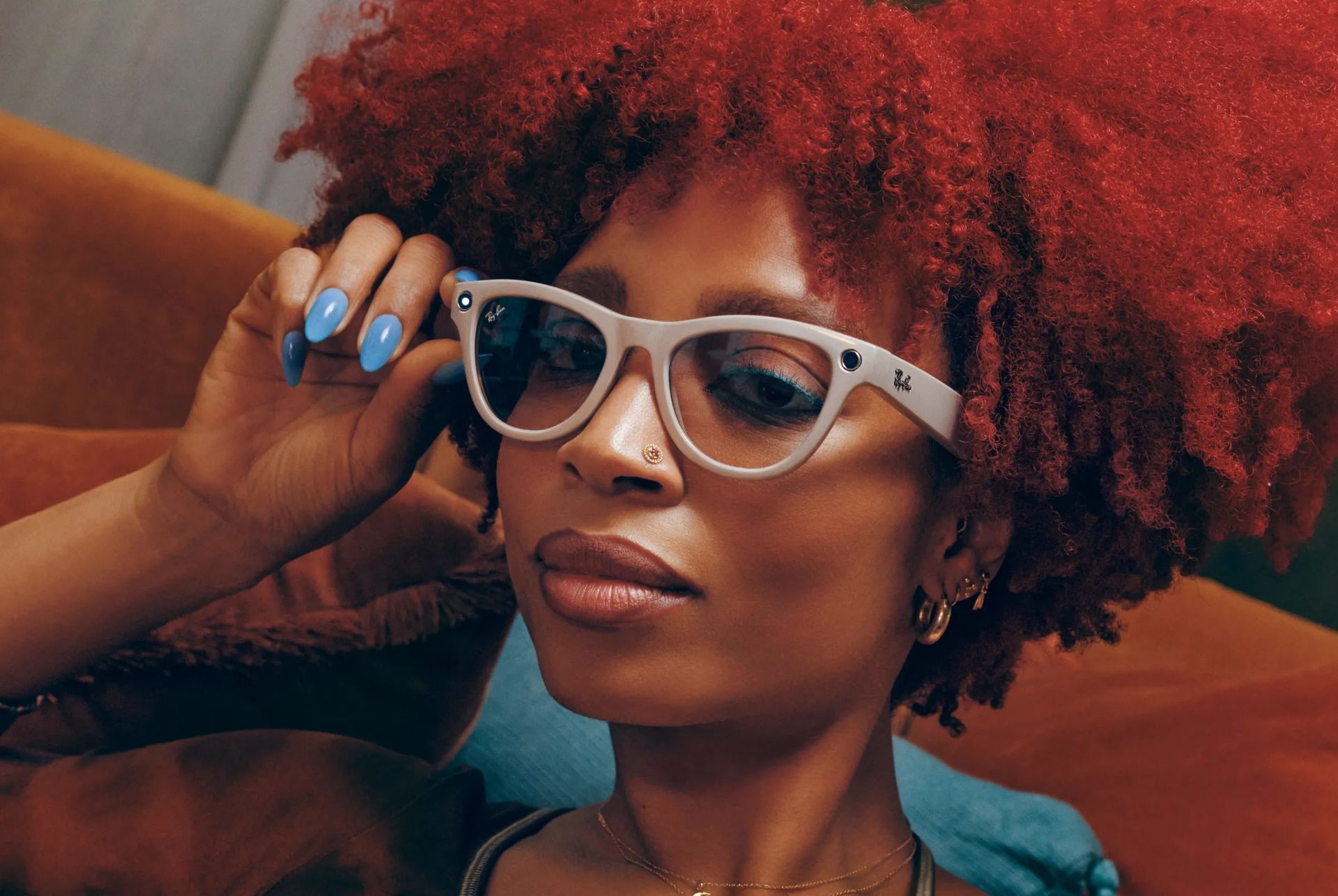Is Technology Aiding or Hindering Art Creativity?
The unending debate within artistic circles might just have you wonder: Is technology truly a boon for artistic creativity, or could it be a subtle bane? Let's unravel this together!
The Dawn of Digital Revolution in Art
Quick Recap: Art Before Technology
Once upon a time, art was a meticulous handcraft. The rustle of the brush, the smell of fresh paint, and the rugged feel of canvas were integral to the artistic process. Masters spent lifetimes perfecting their strokes, and galleries were revered spaces. Does the soul of this artistry still resonate in today's digital echoes?
The Digital Shift
Then came the digital revolution. Art was no longer confined to physical mediums; screens became the new canvases, and software, the new brushes. This shift didn't just transform how art is created, but also how it's consumed, shared, and even understood. An evolution or a quiet upheaval—what's your take?
Technology's Multifaceted Role in Artistic Creativity
Tools and Mediums
Digital Painting and Drawing
Gone are the days when artists were tied down by their physical limitations. Digital painting and drawing tools offer unlimited palettes, undo options, and even effects that mimic real-life textures. The creative freedom is unparalleled—but does it come with hidden shackles?
3D Modeling and Animation
From static to dynamic, art leaps across dimensions with technology. 3D modeling and animation have expanded artistic realms into simulations, virtual reality, and more. Artists can now craft experiences, not just visuals. But, is there a risk of getting lost in this vastness?
Global Connectivity and Collaboration
The world shrinks as artists connect across continents. Collaborations bloom, styles merge, and learning is a click away. However, does this global melting pot of ideas dilute the uniqueness of cultural artistry?
The Other Side: Potential Stifles on Creativity
Oversaturation and Originality
With digital art, a floodgate has opened. The internet is awash with art; standing out demands incessant innovation. Does this oversaturation spur originality, or does it drown it under the waves of trends?
Dependence on Digital Tools
As traditional techniques fade, a new form of reliance emerges—that on software and gadgets. When creativity is distilled through algorithms and presets, do artists command technology, or is it the other way around?
Real-life Success Stories: Technology Empowering Artists
Across the globe, artists harness technology to transcend boundaries, be it through jaw-dropping visual effects in movies or poignant digital illustrations that go viral. These success stories aren't just about fame; they're testaments to human imagination meeting technological prowess. But, is every story a happy one?
Critical Viewpoints: When Technology Overwhelms Art
Detractors argue that technology, with its glittering allure, can detract from the core of art—raw human expression. As we chase after the next software update or gadget release, do we leave behind the very essence of art?
Striking a Balance: Harmonizing Art and Technology
Perhaps it's not a battle between tradition and technology, but a delicate dance. Balancing technological benefits with a commitment to artistic integrity could be the key. The question is, can we tread this tightrope, and how?
Future Predictions: Where Art and Technology Merge
Looking ahead, we see a horizon where art and technology are indistinguishable—one feeding into the other. Imagine immersive mixed reality art shows or AI crafting personalized paintings! Exciting or terrifying—which camp are you in?
Conclusion: Embracing the Change
So, is technology aiding or hindering art creativity? It's a kaleidoscope—each turn shifts the pattern. Technology has undeniably opened new frontiers, yet the journey has its share of thorns. The crux lies in embracing this change, wielding technology not as a crutch but as a catalyst, and remembering—the artist, not the tool, births art.
FAQs
- Does technology diminish the value of traditional art?
- Not at all! Technology expands the realm of what's possible in art; it doesn't erase the past. Traditional art forms hold their timeless allure and continue to be celebrated.
- Are digital artworks less valuable than traditional ones?
- Value is subjective. Digital art can be just as complex and captivating as traditional art. With NFTs and digital galleries, their value is also recognized in the art market.
- Can technology-enhanced art still convey deep emotional expression?
- Absolutely. Technology is just a medium; the depth, emotion, and soul are instilled by the artist wielding it.
- Will technology eventually replace artists?
- Technology can complement but not replace the human creativity, emotions, and experiences that are the heartbeat of true art.
- How can aspiring artists harmonize technology with their creative process?
- It's all about balance. Learn and embrace the tech that empowers your art, but stay true to your artistic voice and vision.
TALK TO A PRO
We're here to bring your brand to life!
Stay Connected with BrandXR
Create Augmented Reality for Free!
Create, Publish, and Measure 3D Augmented Reality Experiences Without Having to Code.
